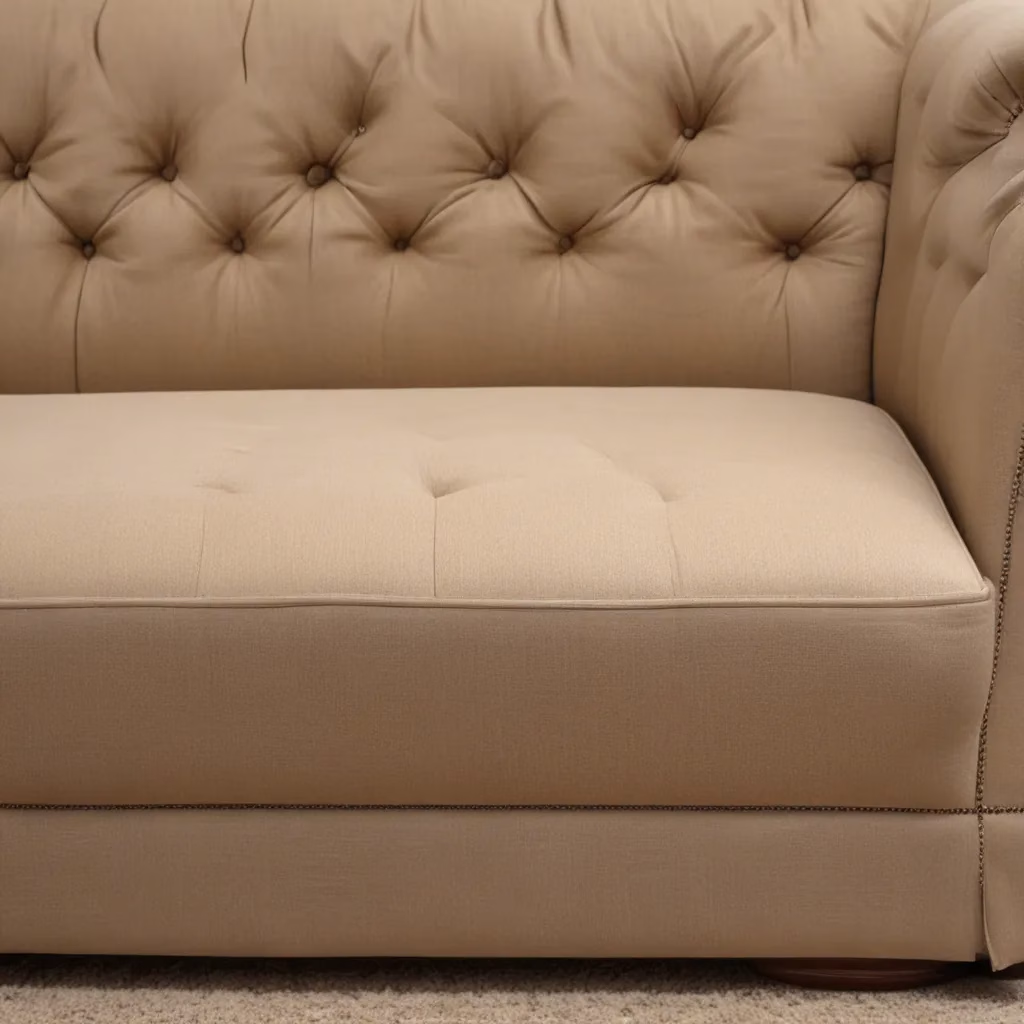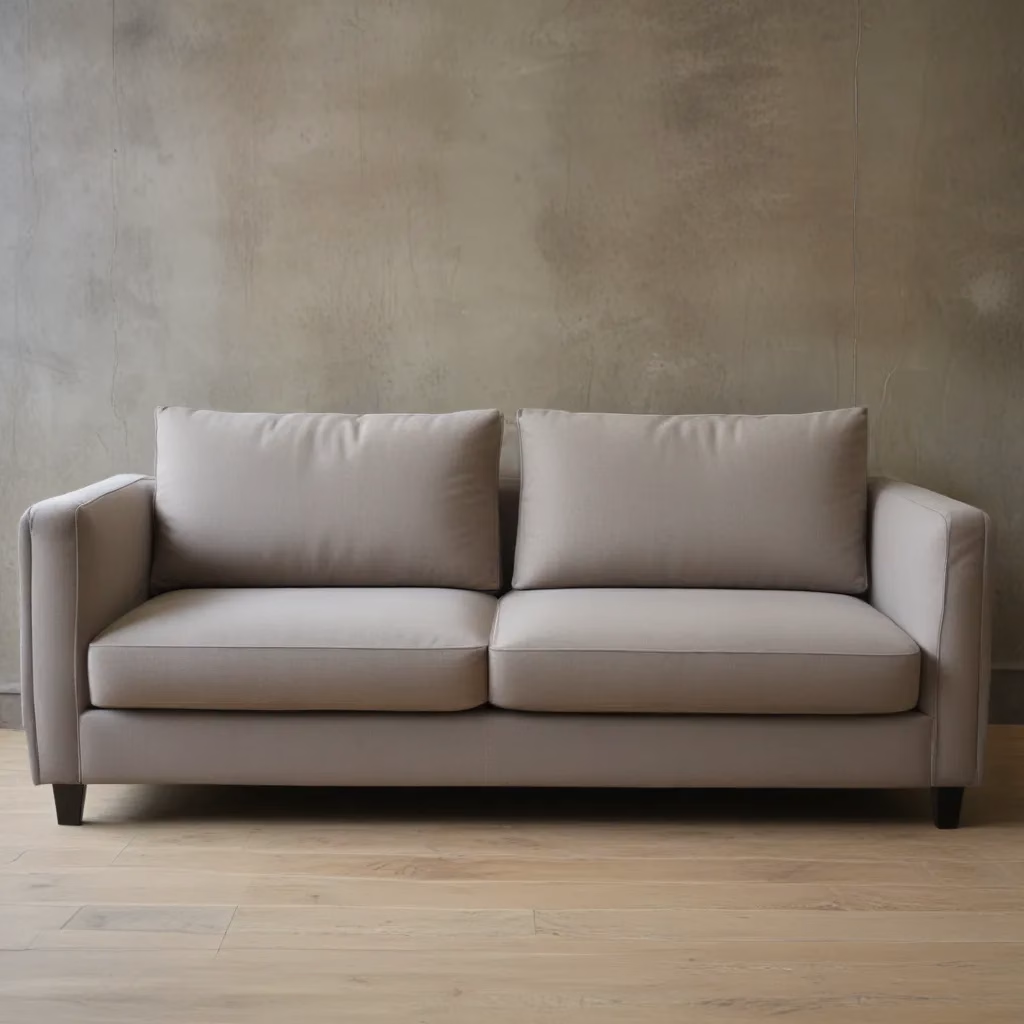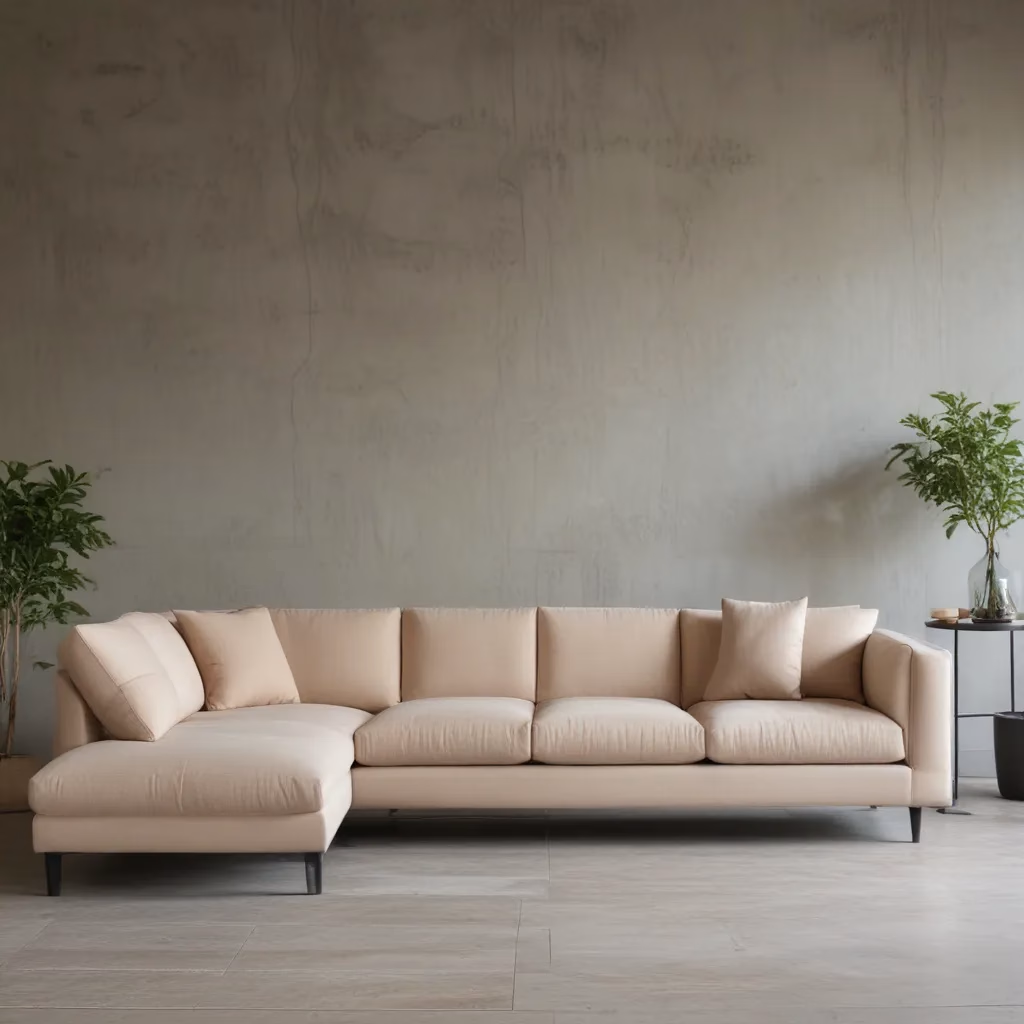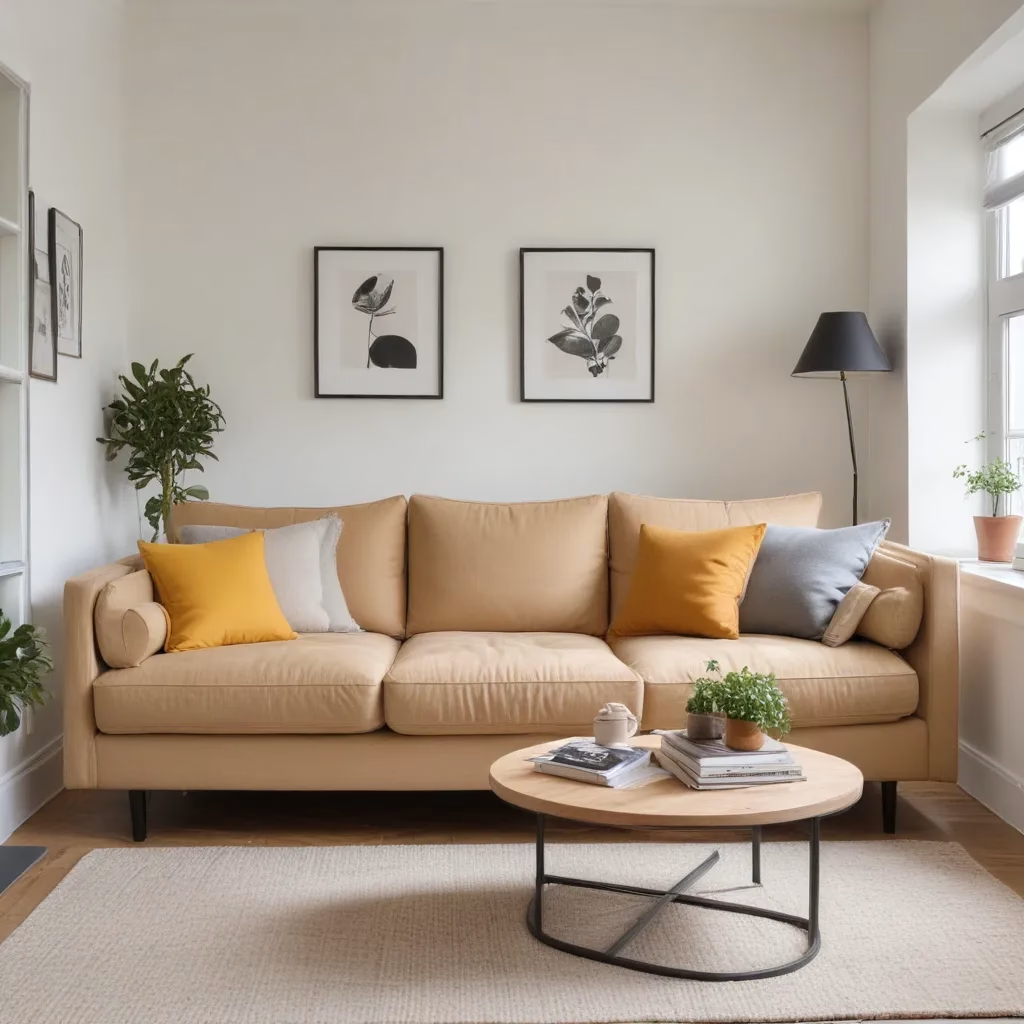
As an experienced furniture consultant and interior design writer, I’ve seen it all when it comes to upholstery challenges. Whether you’re dealing with stubborn stains, sagging cushions, or outdated fabrics, there’s no need to despair. With the right strategies and a little elbow grease, you can revitalise your tired furnishings and elevate your living space to new heights.
Upholstery Essentials
Fabric and Fiber Fundamentals
The foundation of any great piece of upholstered furniture lies in the materials used. Natural fibers like cotton, linen, and wool offer unparalleled durability and a luxurious feel, while synthetic fabrics like polyester and microfiber are often more stain-resistant and easier to clean. Blended textiles combine the best of both worlds, balancing strength, softness, and ease of maintenance.
When selecting upholstery, consider the room’s traffic patterns and your lifestyle. High-use areas may benefit from performance fabrics designed to withstand heavy wear, while more delicate textiles work well in formal living rooms or bedrooms. ¶ Upholstery choices can also make a significant impact on your décor. Solid-coloured velvet upholstery adds a touch of glamour, while patterned fabrics can infuse a space with personality.
Upholstery Choices for Durable Comfort
Beyond the aesthetic appeal, the comfort of your sofa or chair is paramount. Look for supportive cushions filled with high-density memory foam or down-blend for plush yet responsive seating. Tufted upholstery and button-tufted detailing can also enhance the overall look and feel of a piece.
For families with pets or young children, consider performance or outdoor-grade fabrics that are stain-resistant and easy to clean. Durable microfiber and polyester blends are excellent choices, while leather and vinyl offer a sophisticated, wipe-clean surface.
Caring for Delicate Textiles
While low-maintenance fabrics are a practical choice, don’t be afraid to invest in more delicate upholstery options, such as cotton, linen, or silk. With proper care, these textiles can add a timeless elegance to your living room. Regularly vacuum the furniture, spot-clean spills immediately, and schedule professional upholstery cleaning every 12 to 18 months to keep the fabrics looking their best.
Sofa Selection Strategies
Choosing the Right Sofa Size
When it comes to sofas, size matters – both in terms of physical dimensions and visual proportions. Measure your living space carefully, taking into account doorways, walkways, and other furniture placement, to double-check that the sofa you choose will fit seamlessly. As a general rule, leave at least 30 inches of clearance around the sofa to allow for easy movement.
Consider the scale of the room as well. A large, overstuffed sofa may overwhelm a smaller space, while a diminutive loveseat may look lost in a spacious living room. Opt for a medium-sized sofa that strikes the right balance between comfort and cohesion.
Sofa Styles for Every Space
From the clean-lined contemporary to the plush traditional, there’s a sofa silhouette to suit every décor style. Sectional sofas are a popular choice for open-concept living, allowing you to maximise seating while defining different zones. Chesterfield-style sofas with their button-tufted backs and rolled arms radiate timeless elegance, while mid-century modern designs offer a sleek, streamlined aesthetic.
When selecting a sofa, think beyond just the shape and focus on the overall visual weight of the piece. Lighter-hued fabrics and slender, exposed legs can visually “open up” a room, while darker tones and more substantial frames can anchor a space.
Customising Sofa Silhouettes
If you can’t find the perfect sofa off the rack, consider a custom-made option. Work closely with a furniture specialist to design a piece that fits your space and reflects your personal style. Customisation options may include adjustable arm heights, specialty fabrics, and unique silhouettes.
Revitalising Tired Furnishings
Spot Cleaning and Stain Removal
No matter how careful you are, spills and stains are an inevitable part of life, especially with young children or pets in the home. When faced with an upholstery mishap, act quickly to prevent the stain from setting. Blot the affected area with a clean, dry cloth, then use a mild soap and water solution or a dedicated upholstery cleaner to gently remove the stain. Avoid rubbing, as this can further embed the discoloration.
For tougher stains, try a small-scale spot test in an inconspicuous area before applying any cleaning solutions. ¶ If the stain persists, consider consulting a professional upholstery cleaning service. They have access to specialised tools and products that can often revive even the most stubborn marks.
Upholstery Cleaning Techniques
Regular maintenance is key to keeping your upholstered furniture looking its best. Vacuum the surfaces weekly, using the appropriate attachments to reach every nook and cranny. Pay special attention to crevices, tufts, and seams, where dirt and debris can accumulate.
For a more thorough clean, consider deep-cleaning your upholstery every 12 to 18 months. You can opt for a professional service or rent a steam cleaner and tackle the job yourself. Be sure to follow the manufacturer’s instructions carefully and always test the cleaning solution in an inconspicuous area first.
Rejuvenating Worn Upholstery
When your sofa or chair starts to show its age, don’t despair – there are plenty of ways to breathe new life into tired furnishings. Reupholstering the piece is a great option if the frame and structure are still in good condition. This allows you to completely transform the look and feel of the furniture by selecting a fresh fabric.
Alternatively, you can explore slipcovers, which offer a quick and budget-friendly solution. These tailored covers simply slip over the existing upholstery, providing a protective layer and a fresh new aesthetic.
Elevating Living Room Décor
Cohesive Colour Palettes
The key to a visually harmonious living room lies in your colour choices. Start by selecting a dominant hue for your sofa or primary upholstered piece, then build out the rest of the décor with complementary shades and accents.
Neutral tones, such as beige, gray, or white, provide a versatile foundation that can be easily dressed up or down with pops of colour. Alternatively, you can choose a bolder, jewel-toned sofa and let it serve as the room’s central focal point.
Layering Textural Elements
Upholstery isn’t the only way to infuse your living room with visual interest. Incorporate a variety of textural elements, such as velvet throw pillows, woven area rugs, and macrame wall hangings, to create depth and dimension.
Mix and match patterns, textures, and materials to keep the space feeling fresh and dynamic. The key is to strike a balance – too many competing elements can feel overwhelming, while a lack of textural variety can make a room feel flat and one-dimensional.
Furniture Arrangement Tips
The way you arrange your living room furniture can make a significant impact on the overall flow and functionality of the space. Begin by positioning your sofa as the central anchor, then use armchairs, ottomans, and side tables to create defined conversation areas.
Consider the traffic patterns in the room, ensuring there are clear pathways for easy movement. Experiment with asymmetrical layouts, which can add a sense of visual interest and balance. And don’t forget to leave enough negative space to prevent the room from feeling cluttered or crowded.
With these expert solutions, you can tackle even the most stubborn upholstery challenges and transform your living room into a stylish, comfortable oasis. Remember, the key to successful upholstery maintenance and décor lies in a combination of practical strategies and personal flair. Happy decorating!
Tip: Rotate cushions regularly to maintain even wear



